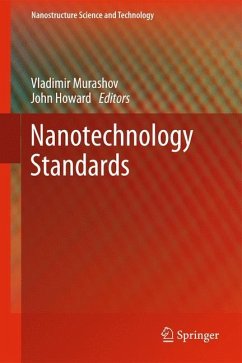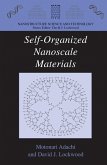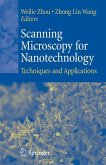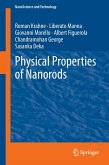Written by a team of experts, Nanotechnology Standards provides the first comprehensive, state-of-the-art reviews of nanotechnology standards development, both in the field of standards development and in specific areas of nanotechnology. It also describes global standards-developing processes for nanotechnology, which can be extended to other emerging technologies. For topics related to nanotechnology, the reviews summarize active areas of standards development, supporting knowledge and future directions in easy-to-understand language aimed at a broad technical audience. This unique book is also an excellent resource for up-to-date information on the growing base of knowledge supporting the introduction of nanotechnology standards and applications into the market.
Praise for this volume:
"This book provides a valuable and detailed overview of current activities and issues relevant to the area as well as a useful summary of the short history of standardization for nanotechnologies and the somewhat longer history of standardization in general. I have no hesitation in recommending this book to anyone with an interest in nanotechnologies whether it is from a technical or societal perspective."
--Dr. Peter Hatto, Director of Research, IonBond Limited, Durham, UK
Praise for this volume:
"This book provides a valuable and detailed overview of current activities and issues relevant to the area as well as a useful summary of the short history of standardization for nanotechnologies and the somewhat longer history of standardization in general. I have no hesitation in recommending this book to anyone with an interest in nanotechnologies whether it is from a technical or societal perspective."
--Dr. Peter Hatto, Director of Research, IonBond Limited, Durham, UK
"It is widely acknowledged that the development and application of nanotechnologies could have far reaching implications for the future of mankind by supporting sustainability in the areas of agriculture, energy, health, manufacturing and resource utilisation. But it is also widely recognised that achieving such outcomes will require the public to be assured that the potential benefits of such activities far outweigh any risks they might pose. Whilst the development of consensus based standards is not usually seen as something of particular interest to members of the public, this comprehensive, informative and well constructed book demonstrates that the dynamic and at times ground breaking work being undertaken on standardization for nanotechnologies by various national and international agencies will help to provide both the foundation on which public assurance can be built together with the critical support structures for the successful development and application of nanotechnologies. The book provides a valuable and detailed overview of current activities and issues relevant to the area as well as a useful summary of the short history of standardization for nanotechnologies and the somewhat longer history of standardization in general. I have no hesitation in recommending this book to anyone with an interest in nanotechnologies whether it be from a technical or societal perspective." --Dr. Peter Hatto, Director of Research, Ionbond Limited, Durham, UK








